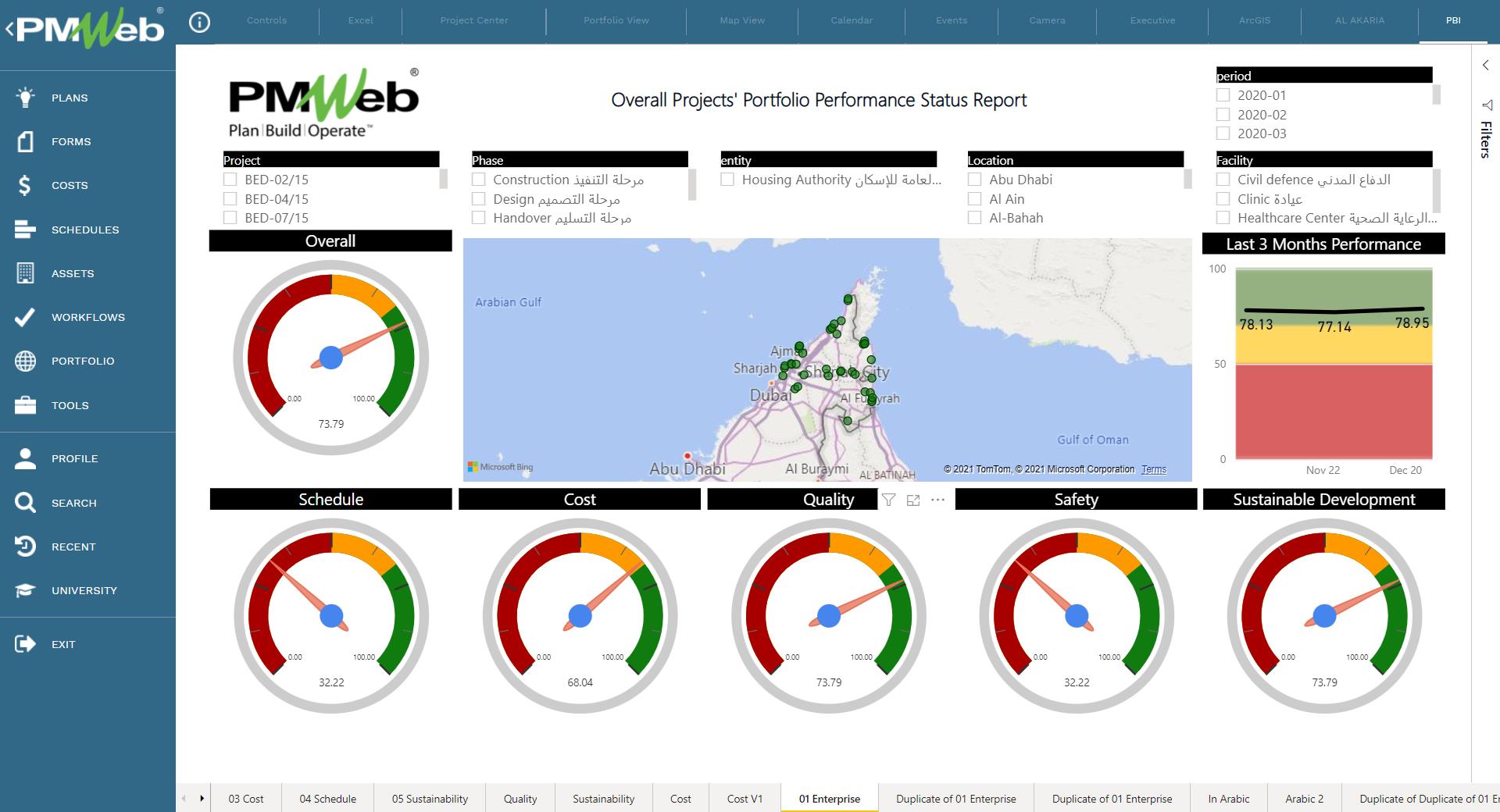The recent research done by LNS Research titled “Quality 4.0 Impact and Strategy Handbook” (lnsresearch.com) explains the importance of the digitalization of quality management and the impact of that digitalization on quality technology, processes, and people. Although all industries and businesses benefit from the digitalization of quality management, nevertheless, the construction industry and in particular construction projects benefit the most.
On average, there are more than 500 quality management processes that are needed on construction projects. Those include the different types of technical submittals, the hundreds of work inspection requests (WIR) and material inspection requests (MIR) for each specification section and material type, the tens of static and rotary equipment functional and performance testing, as well as commissioning and pre-startup inspections, in addition to non-compliance reports, observation reports, punch lists and meeting minutes among many others. More than 90% of construction projects continue to use MS Excel spreadsheets or other non-integrated applications to manage these processes. This not only prevents the much-needed governance, transparency, accountability, and single version of the truth reporting in managing those processes but also wastes the priceless big data needed to enable meaningful data analysis to improve predictability and identification of possible correlations as well as create the valuable asset of knowledge. Using a Project Management Information System (PMIS) like PMWeb enables the digitalization of all quality management processes. Similar to the digitalization of the project’s cost, contract, risk, and procurement including prequalification, health, safety, security and environment (HSSE), communications, and construction project management functions, PMWeb allows the creation of templates for all quality management processes. Each template can be attached with all supporting documents as well as be linked to other relevant transactions and imported emails and assigned a workflow to map all the tasks needed for the submission, review, and approval of each process.
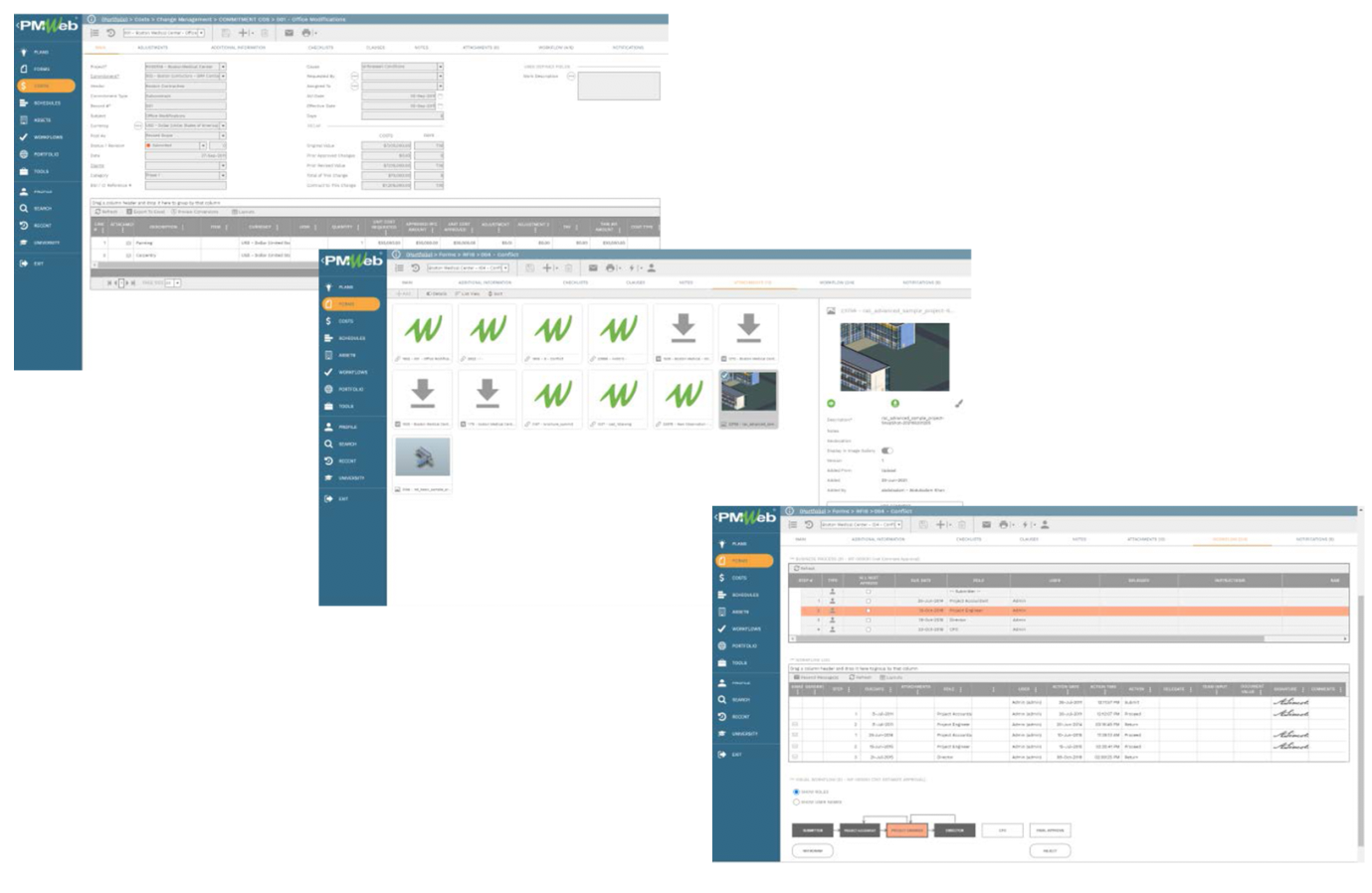
Although PMWeb comes ready with out-of-the-box quality management templates for technical submittals, meeting minutes, inspections, and punch lists, what sets PMWeb apart from any other PMIS platform is the built-in zero-coding visual custom form builder. This feature allows the quality management team to fully customize each template to exactly capture the data fields needed for each quality management process. Those templates can be designed in any Latin or non-Latin language. The created templates can include checklists for all items to be either inspected or verified. Permissions can be set to each data field and inspection table to enforce governance and transparency when it comes to performing those processes.
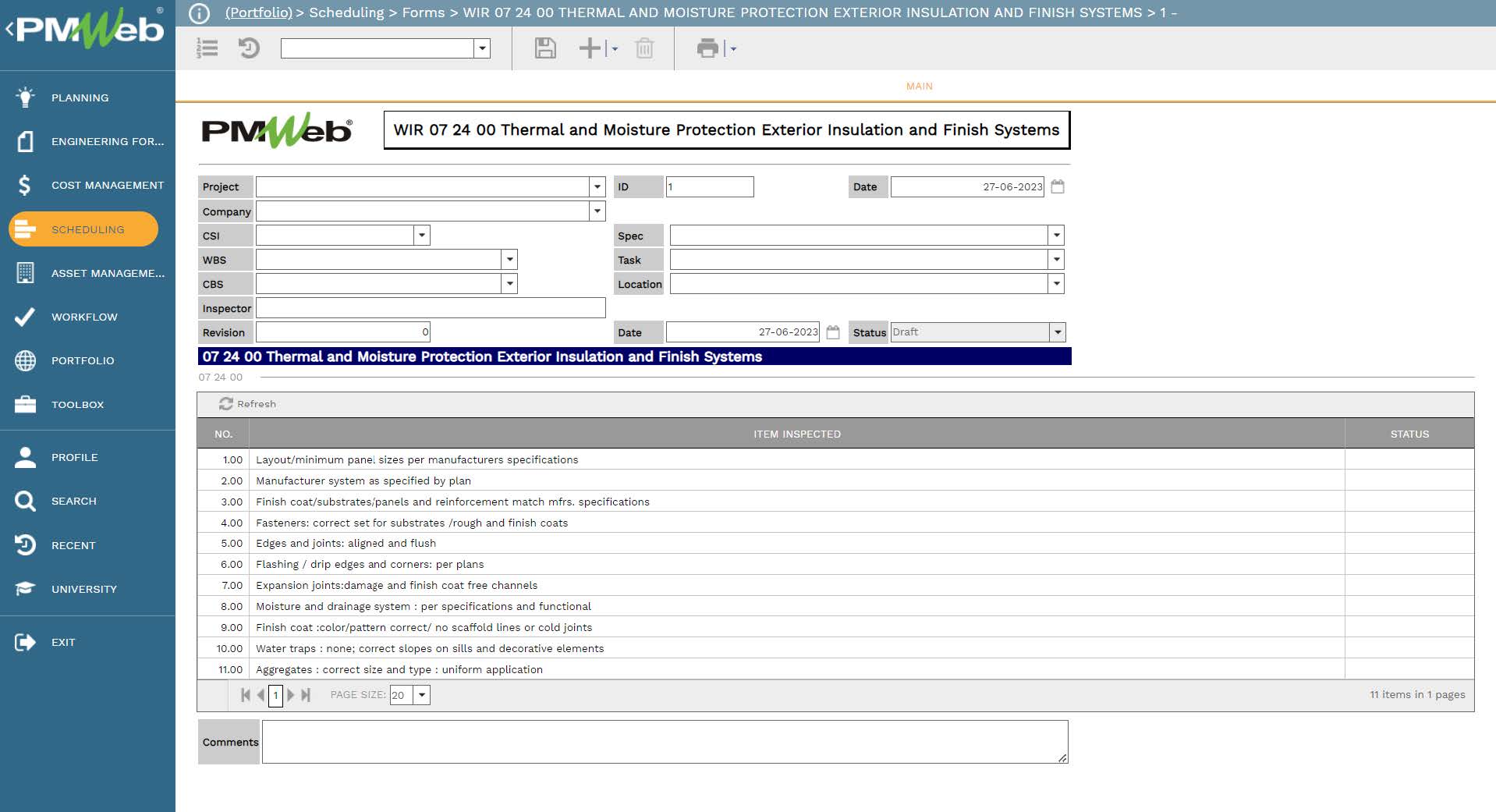
The transactions of each quality management process can be attached with their relevant supporting documents including pictures. All those documents and pictures will be uploaded and stored in their relevant PMWeb folder or subfolder. The PMWeb document management repository allows the quality management team to create folders and subfolders to match the physical filing structure maintained at each construction site. Access rights can be defined for those folders and subfolders to ensure providing access to only authorized individuals. PMWeb also supports the multi-version of uploaded documents where documents can be checked out and then checked in to maintain the revisions history of each. Further, attributes and text notes can be added to the updated document.
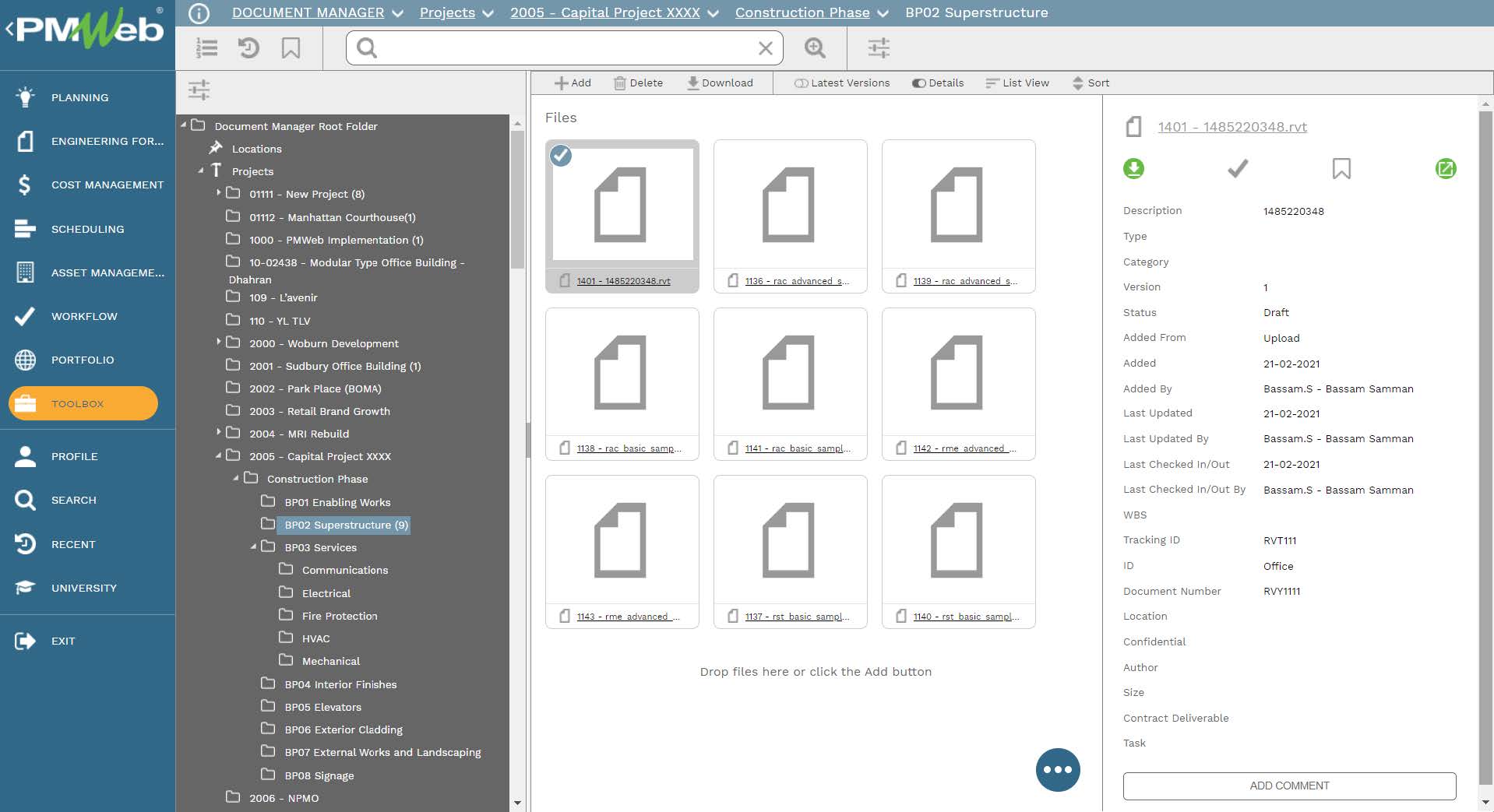
The uploaded documents as well as those documents available at other locations will be attached to each specific quality management transaction. In addition to attaching supporting documents, there is also the option to link other relevant transactions to the quality management record, add URL links as well as add links to emails that were imported to the PMWeb emails repository. Comments can be added to each attached document or linked record and imported email.
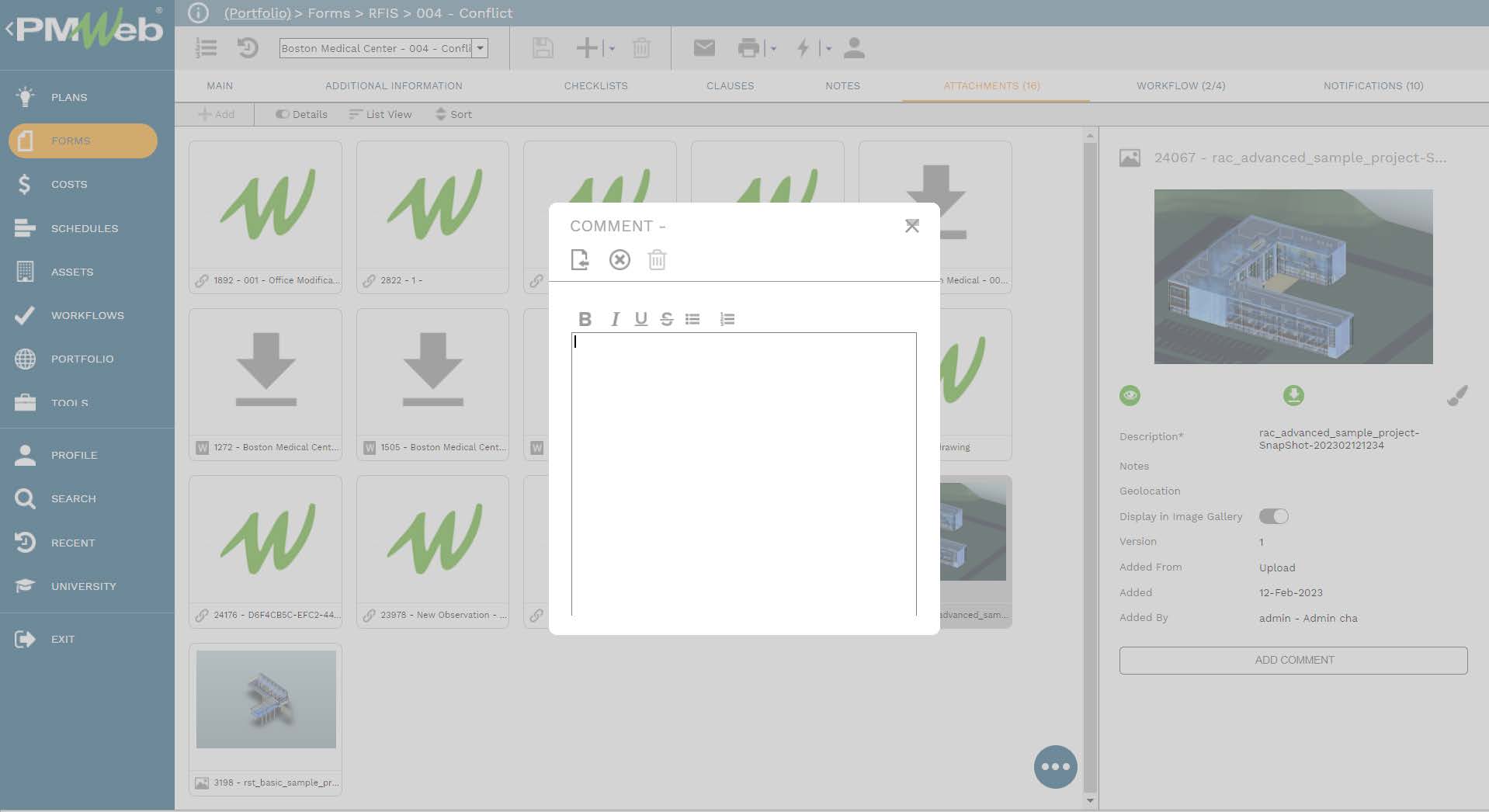
The PMWeb visual workflow helps achieve formal collaboration by automating the submission, review, and approval tasks that could be unique for each quality management process. The workflow can also be designed to reflect what happens if a transaction needs to be returned to incorporate comments and to whom it will be resubmitted after incorporating those comments. The workflow not only assigns the responsibilities, durations, and sequence of those tasks but also ensures that all approval authority levels defined in the delegation of authority matrix (DoA) are embedded in those workflows.
For those organizations who require the workflow tasks to be digitally signed, PMWeb provides ready-to-use integration with DocuSign. Further, the PMWeb visual workflow allows defining workflow scenarios for each process for which PMWeb automatically selects the workflow associated with a process depending on the variable values associated with each process. A technical submittal for mechanical system shop drawings needs to be reviewed by different team members of a technical submittal for electrical system shop drawings.
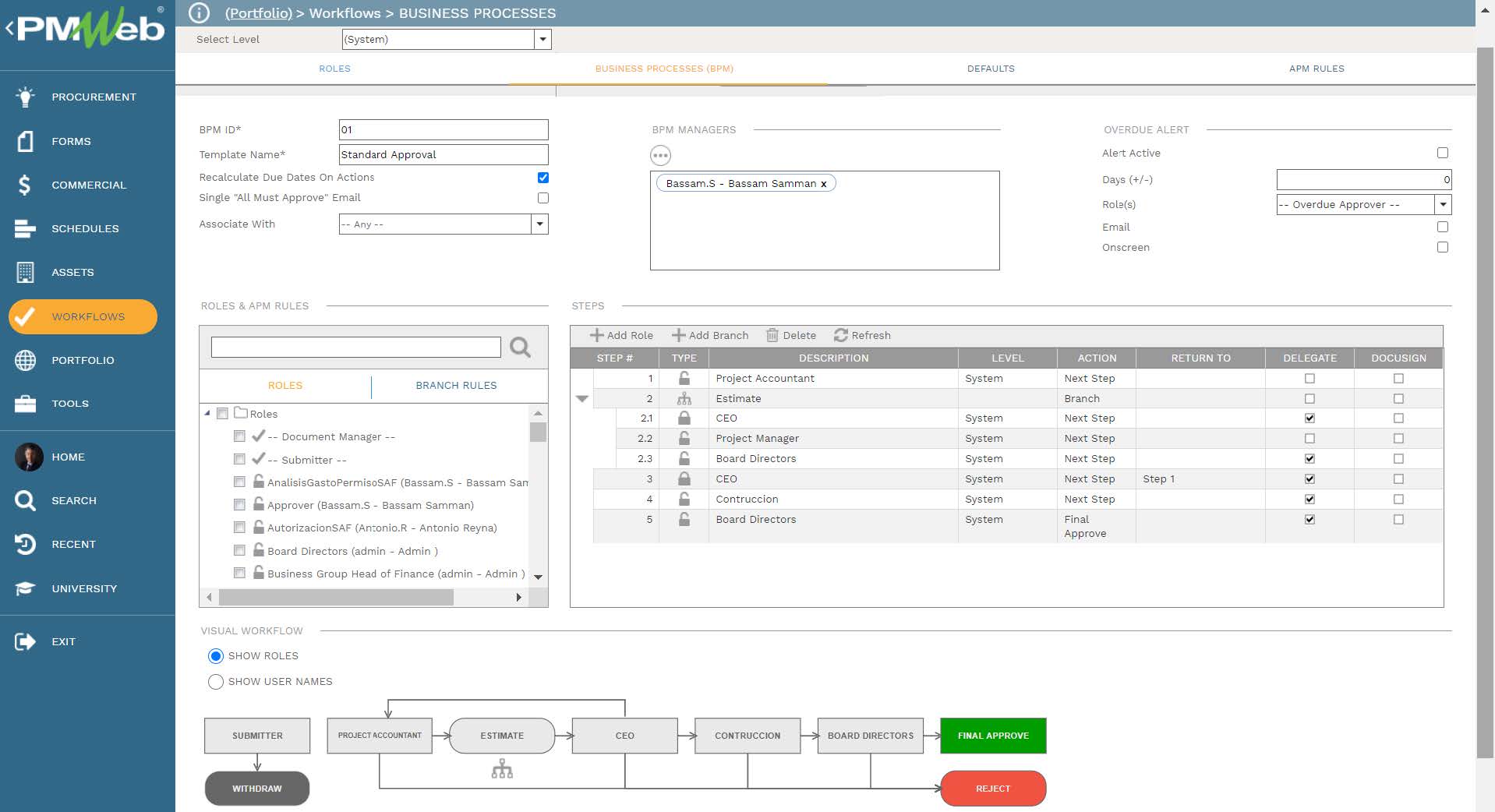
By automating the quality management processes, all project team members that are part of those workflow tasks have the option to either receive email notifications, online notifications, or both when they have a workflow task to perform. Notifications can also be sent when workflow tasks are either delayed or when they are yet to be due. The workflow email notifications can be customized as per each organization’s requirements as well as with embedded approve and reject buttons within the email to enable having either approve or reject on the fly.
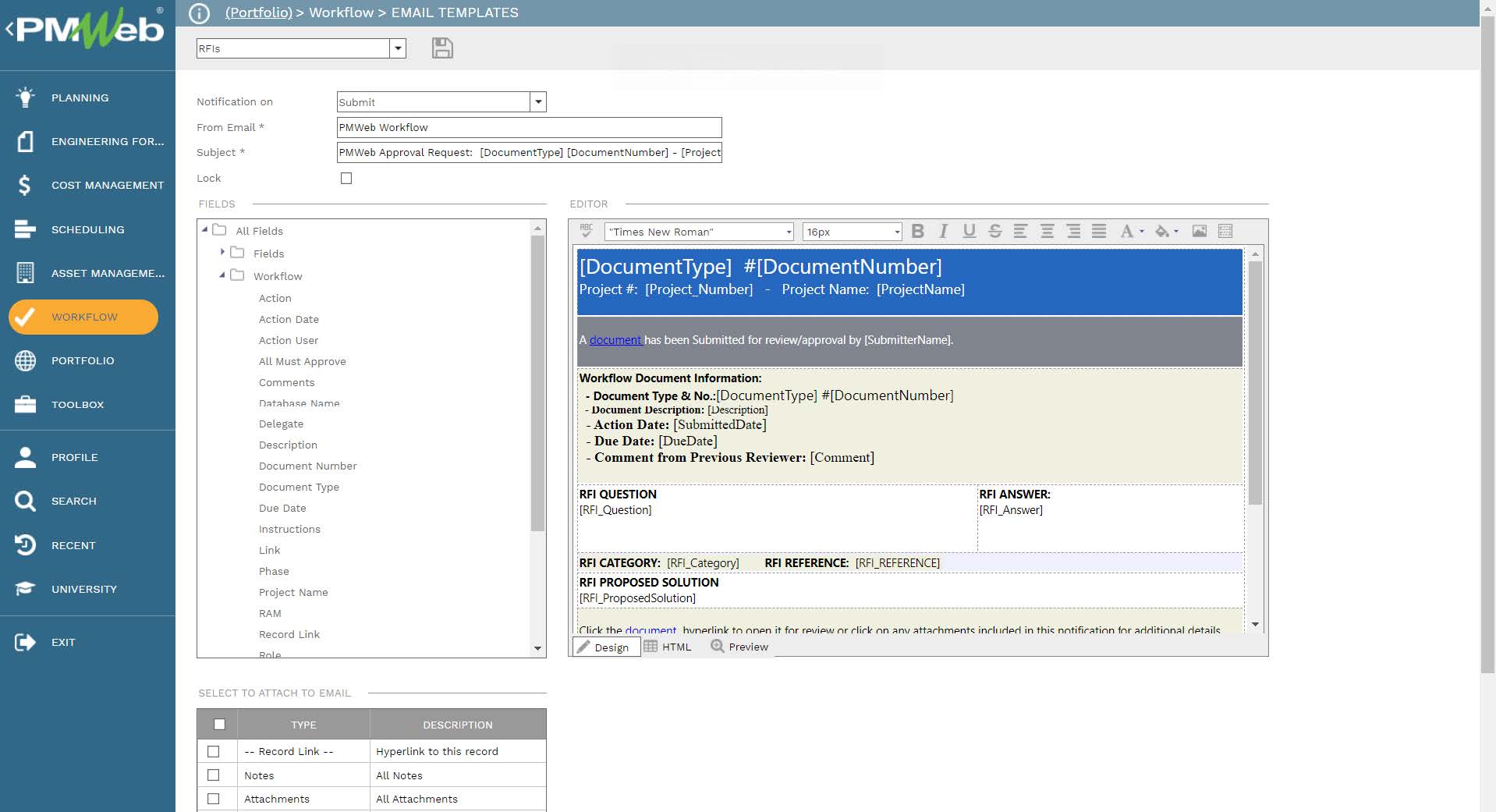
Reports and dashboards can be designed for the workflow tasks that provide the project team members with a consolidated view of their due and completed workflow tasks. Those can be colored in green and red to indicate the status of those tasks. In addition, the workflow tasks can be grouped by the quality management process they relate to. For example, the dashboard shown which is for the cost management team groups workflow tasks by the relevant cost management process.
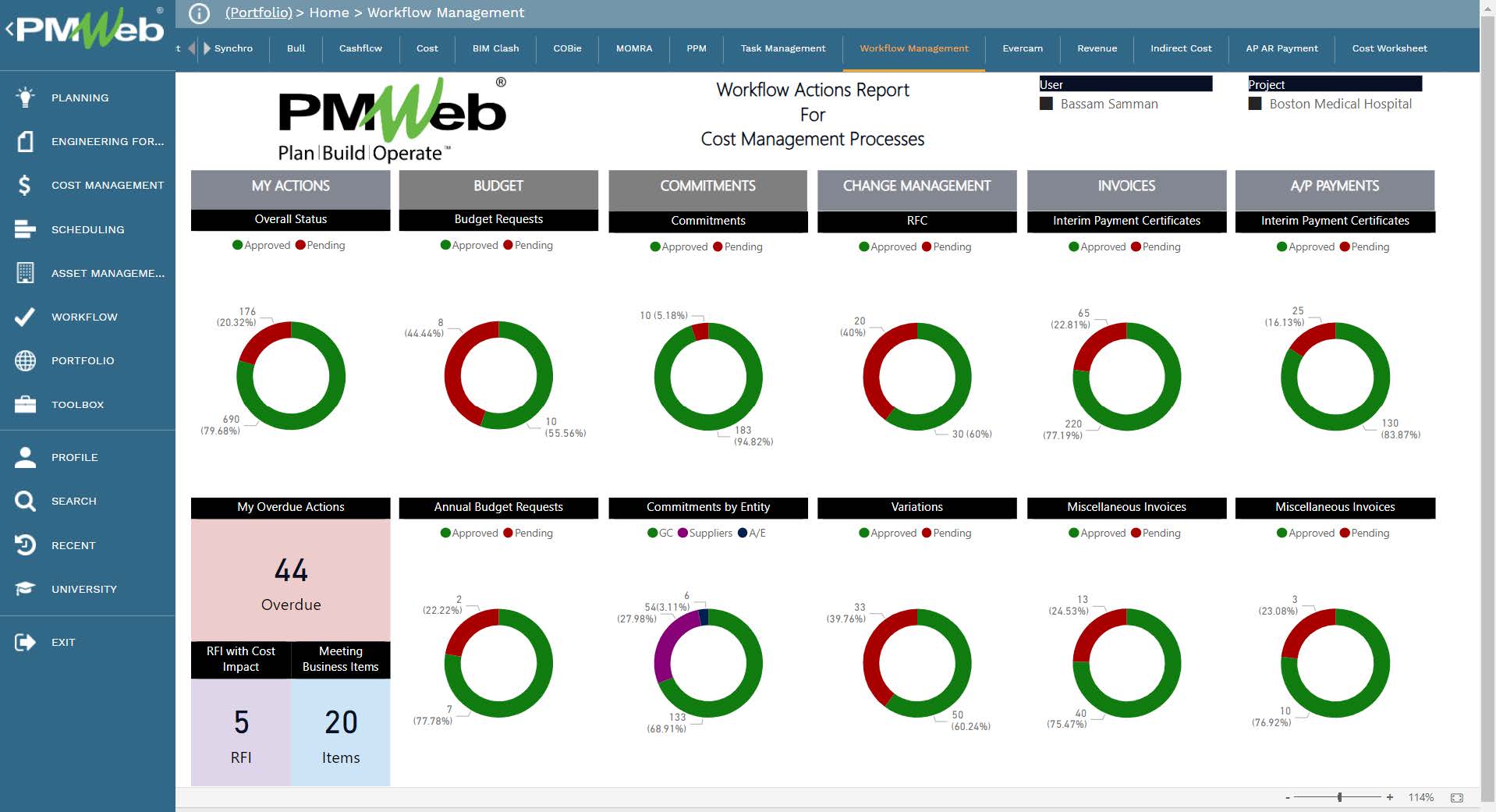
Although formal collaboration is a must requirement on construction projects, nevertheless, there is also the requirement for ad-hoc or informal collaboration. This type of collaboration does not require having workflow tasks for collaboration but rather meetings for which the meeting organizer invites the project team members that need to attend those meetings for which tasks will be assigned and comments will be shared. Using the PMWeb activity boards module that is based on Kanban agile management, any project team member can create an electronic activity board that can be structured in a format to group tasks by their status or any other category. Tasks can then be added and assigned to the project team members. Each task can be broken down further into subtasks. Comments can be added, documents can be attached, and flag colors can be assigned. Tasks can be dragged and dropped into pre-defined categories.

For quality management processes that require formal communication by either getting printed and wet-signed or saved as a PDF file to be digitally signed, PMWeb allows designing output forms with each project’s branding and format. The PMWeb report writer is based on MS SQL Reporting Services (SRSS) which has been selected as the leading business intelligence reporting tool by Gartner for more than eleven consecutive years. For example, there is always a requirement to formally communicate Non-Compliance Reports (NCR). Accordingly, the output form can be designed in the format and branding that each organization or project requires.
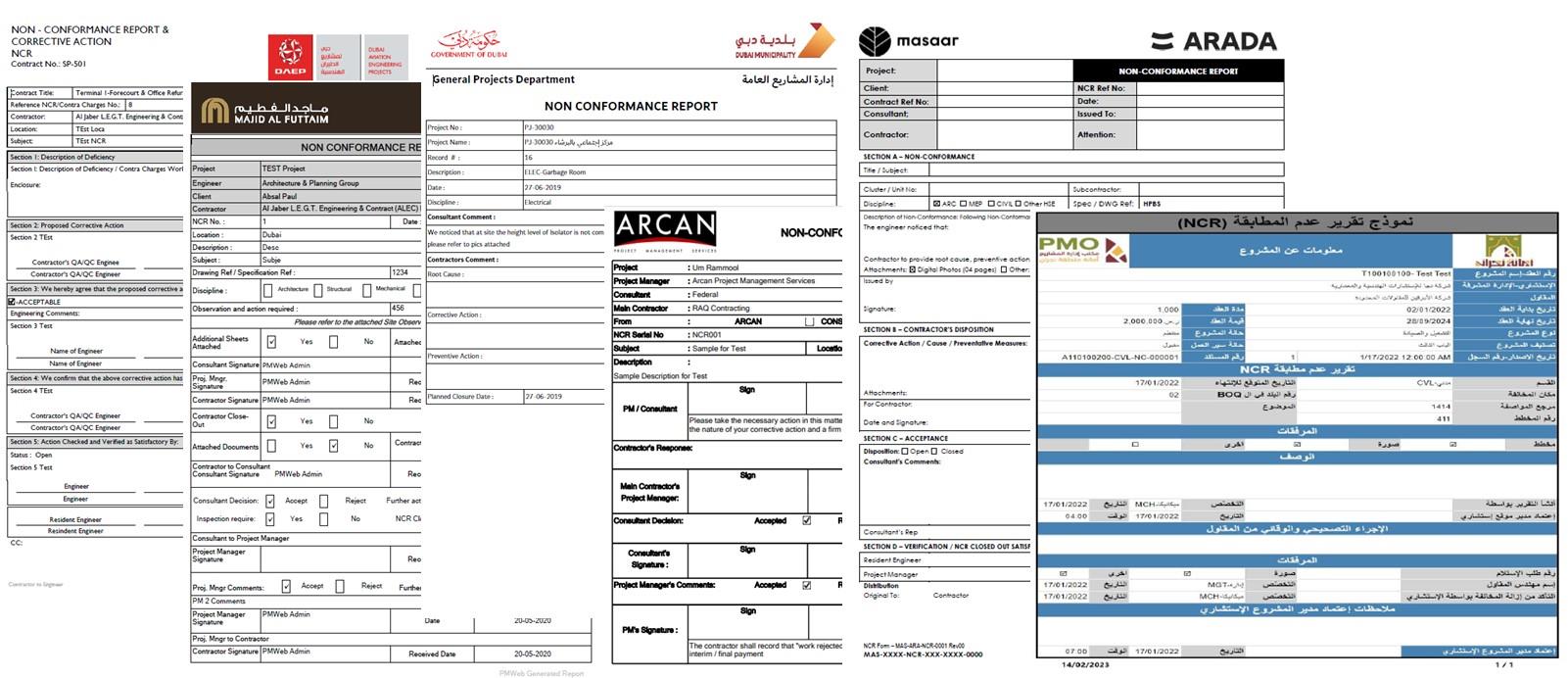
Of course, having a real-time single version of the truth quality management reports and dashboards is another key benefit of the digitalization of quality management or “Quality 4.0”. Those reports provide the project stakeholders with improved insight for better and faster-informed decisions. In addition, it enables them to analyze the performance of the quality management processes for their continuous improvement. Those reports can be designed to display the performance trends for selected quality management processes like the volume of issued work inspection requests for each construction specification section.
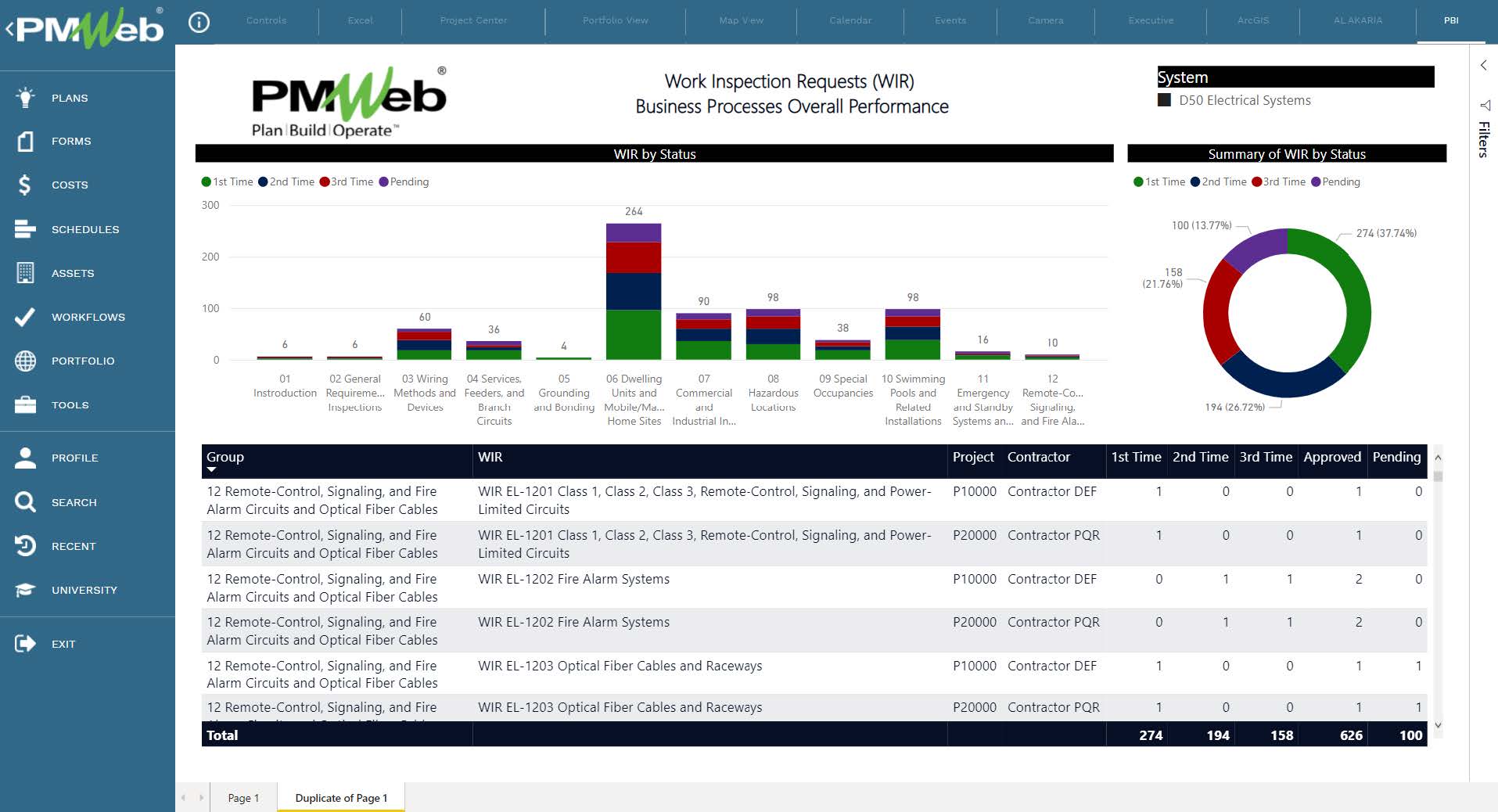
In addition to the traditional tabular and graphical reports, there is the option of associating the data of the quality management processes with the Building Information Model (BIM) objects to provide better visualization and understanding of the captured quality data. For example, the concrete pouring report can be used to display the building-reinforced concrete structural elements that were poured to date. In addition, there is also the option to associate the captured quality data with the geographical location of this data by providing the longitude, latitude, and elevation coordinates.
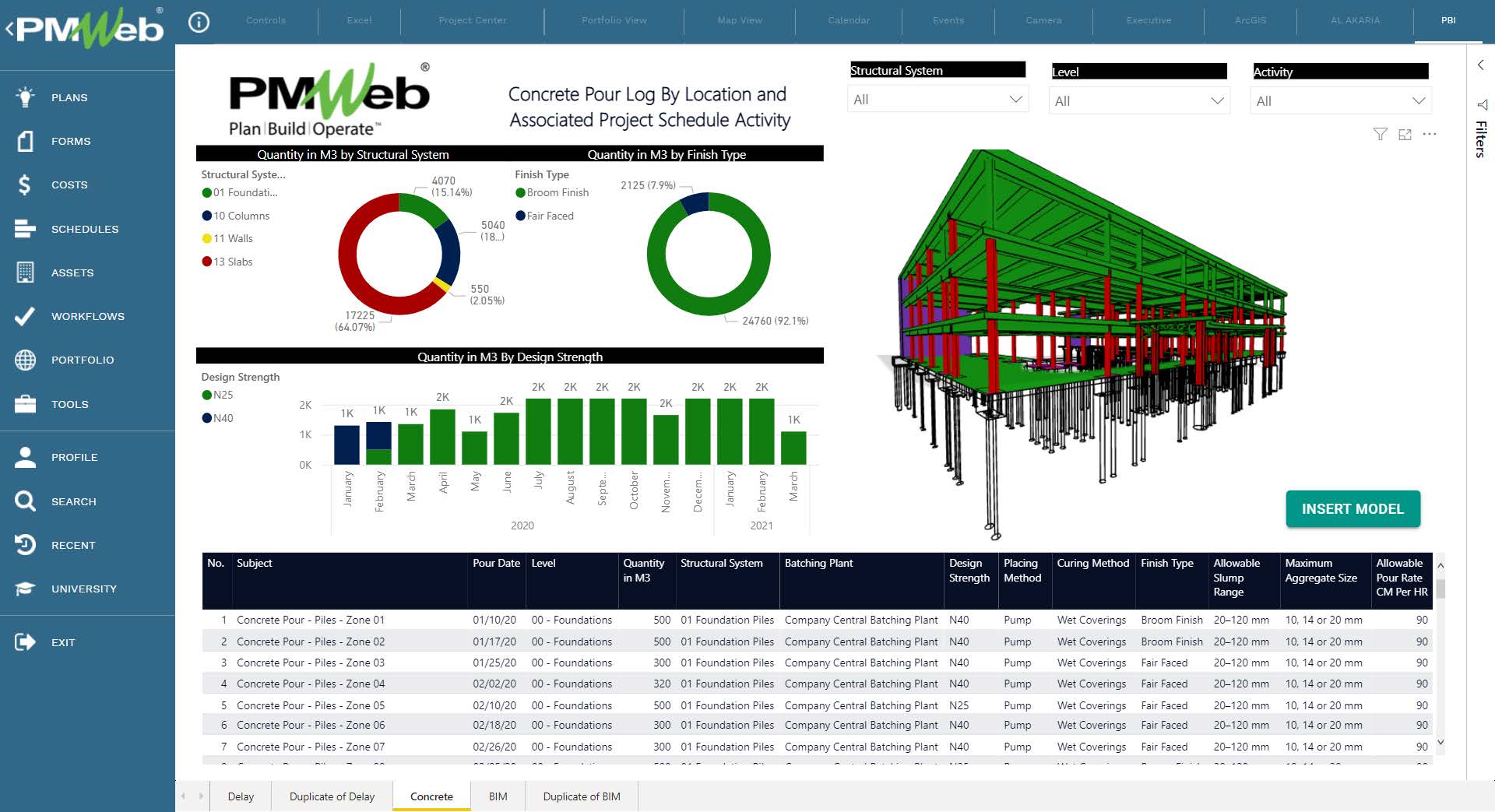
Another advantage of using a Project Management Information System like PMWeb is that it is an enterprise platform thus allowing an organization to manage quality management processes across their complete projects’ portfolio. Being a 100% web-enabled solution, there are no restrictions on where those projects are located or who manages their quality processes. Of course, this means that quality management reporting can be done across the complete projects’ portfolios.
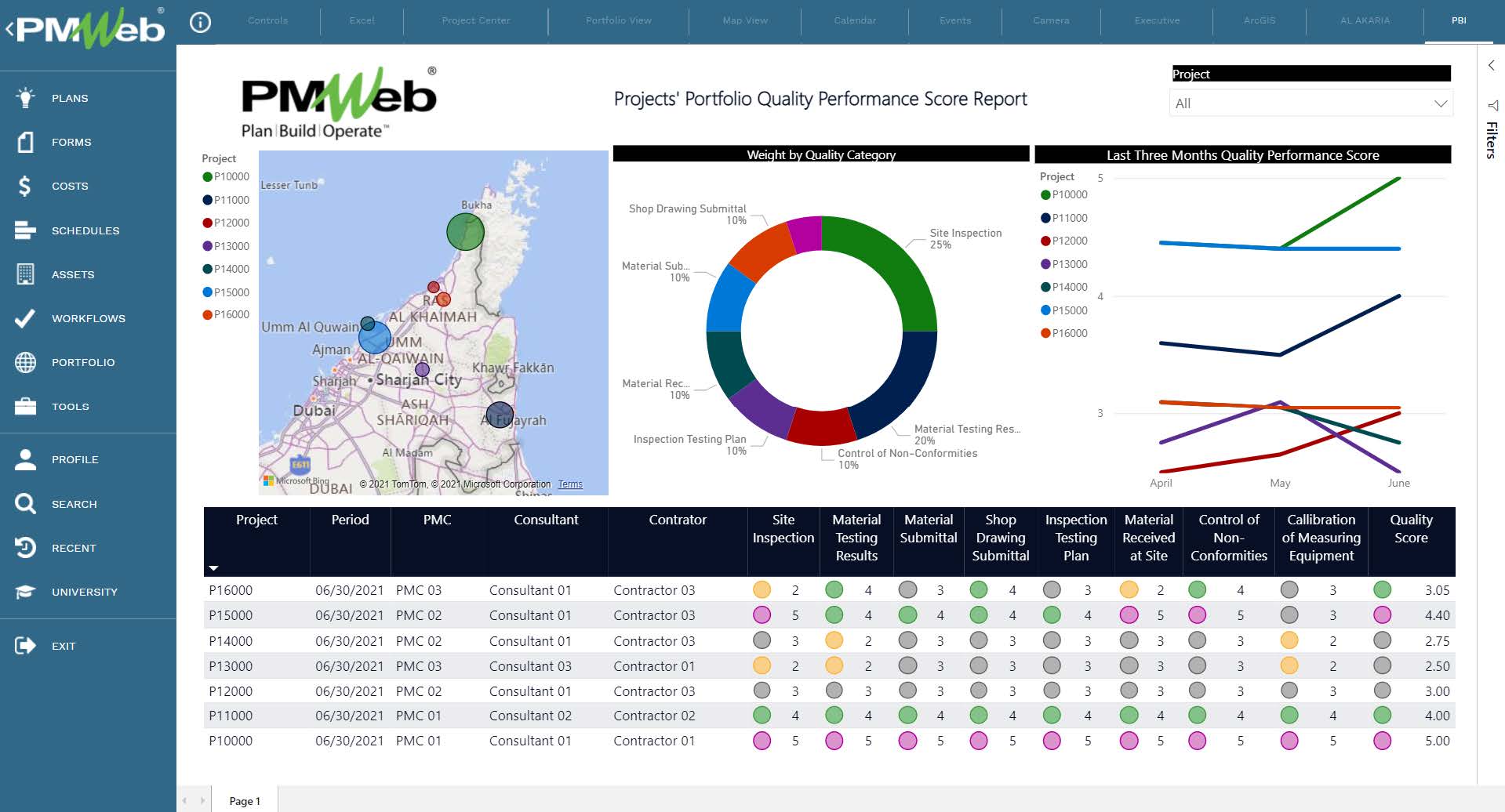
Further, the accumulation of data captured from the quality management processes across the complete portfolio of projects is crucial for building the big data needed for machine learning (ML) and artificial intelligence. For example, it is almost a fact that there is always a relationship between the contractor’s quality of work completed and inspected on-site and the extent of Non-Compliance Reports (NCR) issued to the contractor for works that do not comply with the specified quality requirements. Accordingly, a correlation analysis can be established to identify the extent of this relationship. For example, the correlation chart below indicates that there is a perfect positive correlation relationship, 0.989, between WIR and NCR.

As stated earlier, a Project Management Information System like PMWeb manages all construction project management functions including quality management. This enables the generation of reports that connect the performance of all those functions. For example, a project dashboard can be designed to report on the project’s schedule, cost, contracts, risks and issues, HSSE, and quality to provide stakeholders with a 360-degree understanding of the project is performance.
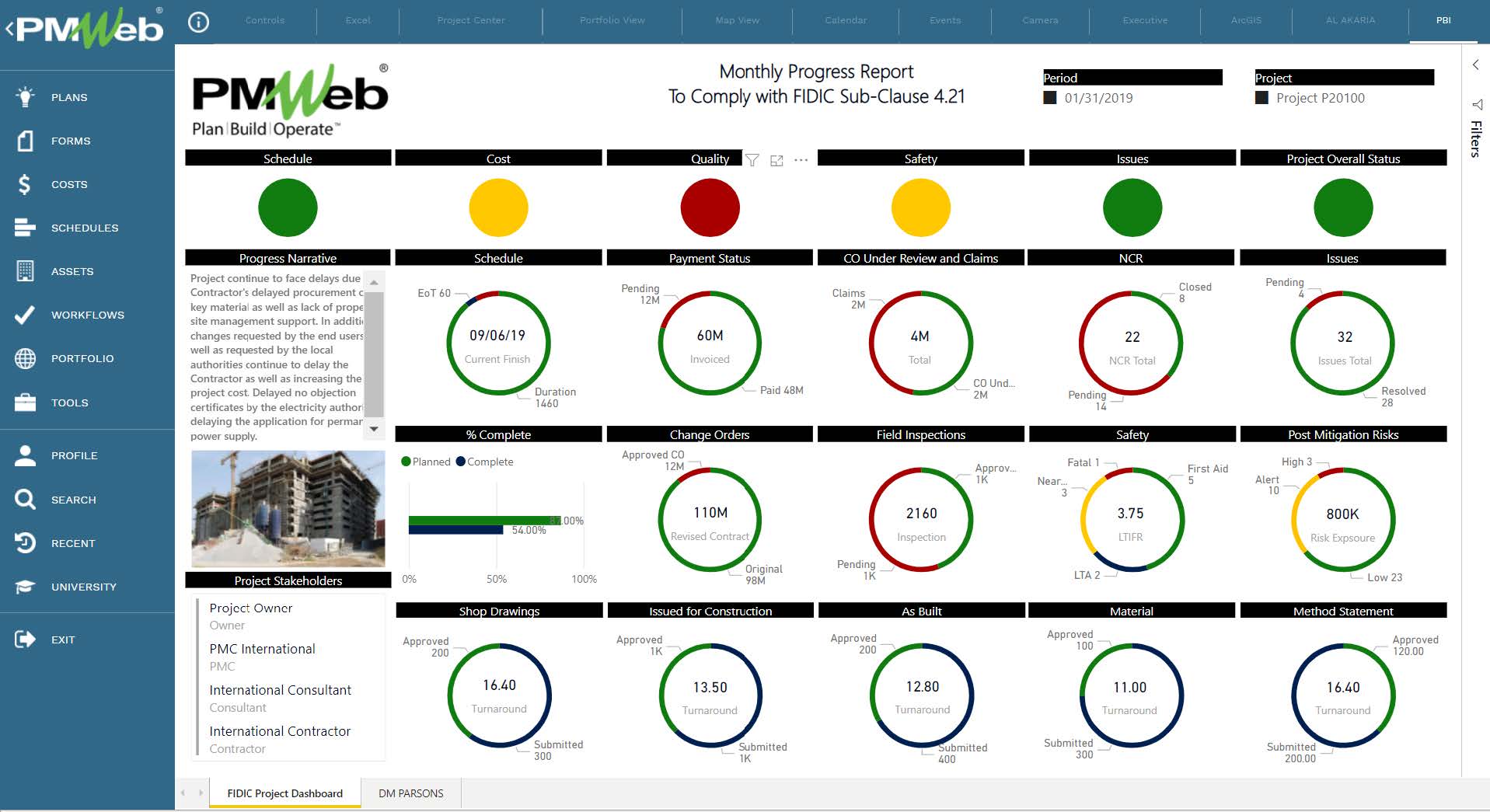
Similarly, in an organization that has a portfolio of projects, a dashboard can be created to report on all key construction project management functions including quality management. This consolidated portfolio dashboard usually includes a map showing the location of the reported projects. The content and the layout of the dashboard will be designed as per the project stakeholders reporting requirements.
